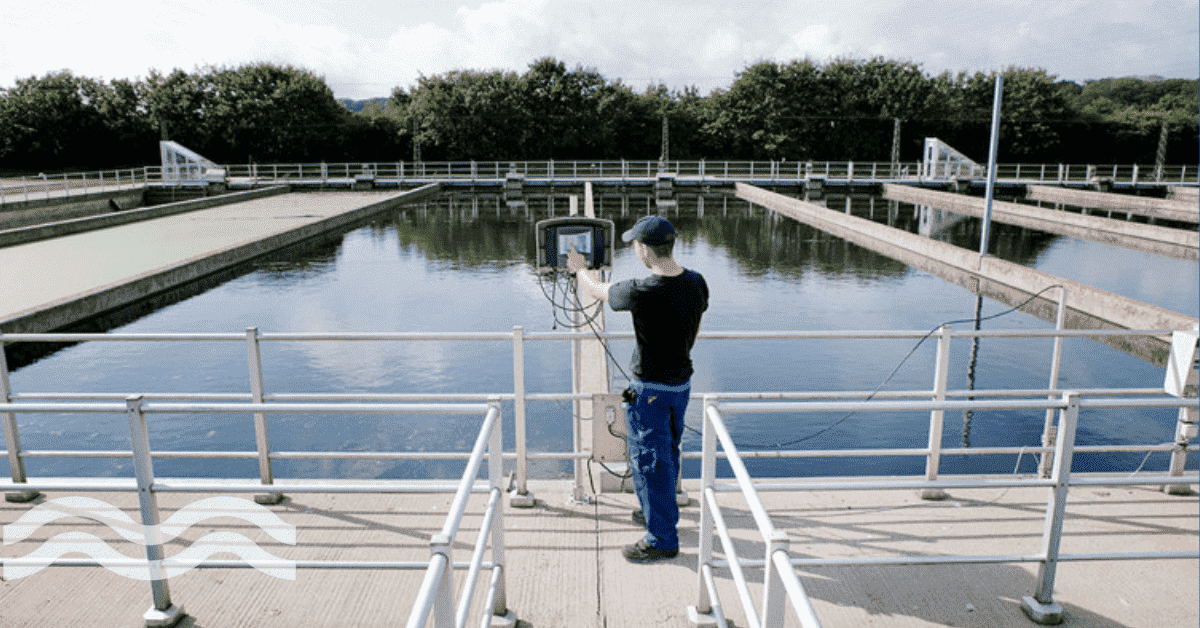Nitrous oxide emissions from wastewater: three nations unite in Net Zero Partnership
Nitrous oxide emissions from wastewater: three nations unite in Net Zero Partnership
Wastewater treatment plants in Denmark, Australia, and the UK have come together to closely examine nitrous oxide (N₂O) emissions, a potent greenhouse gas with an environmental impact nearly 300 times more severe than carbon dioxide (CO2).
A collaborative effort
The initiative, named the Net Zero Partnership, was established by Aarhus Vand, Melbourne Water, and Severn Trent, with the aim of collectively reducing carbon emissions by one million tonnes annually.
Conducted over the course of one year, the research project saw each partner monitor nitrous oxide emissions in both gas and liquid phases, shedding light on emission variations and strategies to mitigate them.
The findings, which were presented at the IWA Leading Edge Conference on Water and Wastewater Technologies in South Korea, have raised critical questions about the future regulation of nitrous oxide emissions, given its substantial role in global warming.
Damaging the earth’s atmosphere
Like carbon dioxide molecules, nitrous oxide molecules are durable, remaining in the atmosphere for an estimated 114 years. Although the gas is part of the earth’s natural nitrogen cycle, human activities can overload the atmosphere with nitrous oxide, which is also produced during the nitrification-denitrification phase of biological wastewater treatment.
During nitrification, ammonia transforms into nitrites and nitrates. Subsequently, during denitrification, these compounds undergo conversion into nitric oxide and nitrous oxide, with some eventually becoming harmless nitrogen gas. The release of nitrous oxide primarily occurs in aerated zones and compartments, as well as through active stripping processes. The main culprits behind these emissions are ammonia-oxidizing bacteria.
Although comprehensive data is somewhat limited, the significance of biological wastewater treatment as a source of nitrous oxide emissions is likely underestimated. It's worth noting that emission levels can vary significantly among wastewater treatment plants, ranging from minimal amounts to a few percent of the total nitrogen load. These variations are largely attributed to differences in plant design and operational conditions.
Consistent annual emissions
Despite differing operational conditions across the three countries, such as temperature and sludge age, the Net Zero Partnership study revealed that the yearly average of daily nitrous oxide emission factors remained remarkably similar, hovering around 1.5% N2O/TN (Nitrous Oxide/Total Nitrogen).
Researchers say a surprising discovery was the seasonal variation in nitrous oxide emissions, with all three countries experiencing peak emissions during the spring season. The reasons behind this phenomenon, including the potential influence of rising temperatures on microbial compositions, are now under investigation.
“We lack a fundamental understanding of how the contribution varies seasonally, and with different types of operation, and across climate zones. Detailed monitoring of N2O in different systems is an important step towards reducing emissions,” said Professor Bo Thamdrup.
Reporting nitrous oxide emissions
The study's findings emphasized the necessity for standardized methods to calculate emission factors accurately. Current national emission factor guidelines vary, with Denmark at 0.84% N2O/TN, and the UK and Australia at even lower levels.
Morten Rebsdorf, senior project manager at Aarhus Vand, stressed the importance of the international pilot project in promoting the development of standardised monitoring, calculation, and reporting techniques for nitrous oxide emissions. The goal is to pave the way for common ground in addressing this critical environmental issue, he said.
As the world grapples with the urgent need to combat climate change, these findings underscore the significance of addressing nitrous oxide emissions as part of broader efforts to reduce greenhouse gas impact and achieve carbon neutrality. The results of this collaboration provide a vital stepping stone toward a sustainable and greener future for wastewater treatment plants and, by extension, the planet.
We promise never to send you spam and you can unsubscribe at any time!
